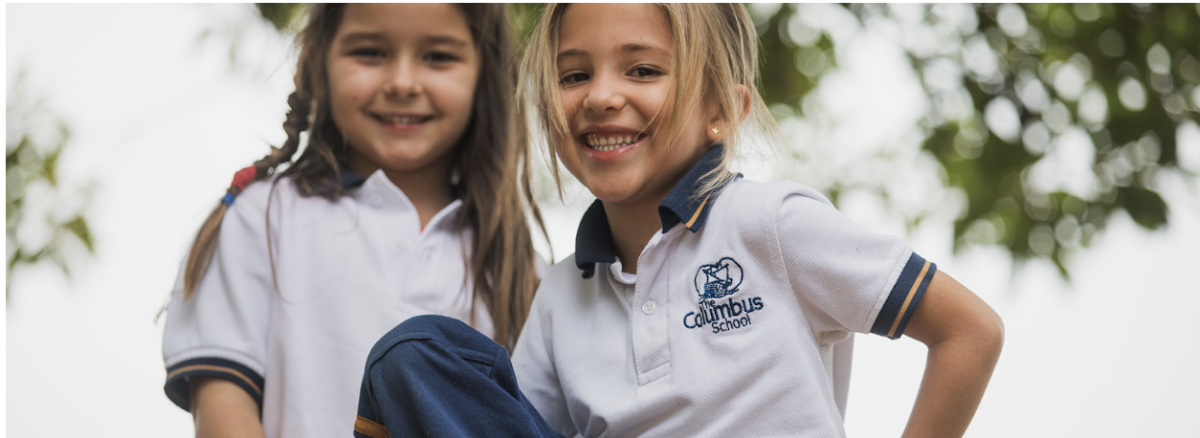For many students at The Columbus School, it feels as if wearing the required polo shirt for PE class is just another thing to stress about. With complaints about discomfort and sizing, some are fighting for the freedom to wear their own shirts for PE. But does personal choice create comfort and motivation, or does a standardized uniform offer necessary benefits?
This article gets into the debate among students at the Columbus School over whether they should be allowed to wear personal shirts for PE. While some students argue that personal clothing would improve comfort and boost their motivation in class, others believe that a consistent uniform maintains discipline and equality. We show insights from students with contrasting views, highlighting a real conversation about individuality and structure in school environments.
“The sizing is all wrong because it either fits too small or too large. The fabric around the neck and armpits is really uncomfortable and itchy,” said Paulina Ospina, 11th-grade student.
This discomfort is one of the main reasons students like Paulina advocate for the freedom to wear their own shirts in PE.
“If I could wear something comfortable and feel more like myself, I think I’d approach PE with a more positive attitude,” Paulina explains, suggesting that personal clothing might even enhance student engagement.
On the other hand, some students see the uniform as essential for maintaining order and focus in PE.
“I think the school has this rule to help students look more organized and put together, so it doesn’t turn into chaos with different dress codes,” said Juanita Puerta, 11th grader.
Juanita also raises concerns about potential issues that could arise if students were allowed to wear personal clothing.
“If people are allowed to wear whatever they want, they could start wearing revealing clothes that could cause a lot of trouble,” she adds, emphasizing her concerns about appropriateness and potential distractions.
While students like Paulina prioritize comfort and self-expression, others like Juanita value the sense of equality that a uniform provides.
“Students should learn to have a stronger personality and not let their feelings get affected by wearing a shirt,” Juanita believes, advocating for resilience and professionalism in school settings.
This brings up the question of whether a compromise could be reached to accommodate both sides.
“Maybe talk with the people who make the shirts and possibly change the material,” Puerta said, proposing a solution to improve comfort while preserving the uniform.
Updating the shirt material could be a practical way to address student concerns without sacrificing the benefits of a consistent dress code.
“If students got to showcase their own personal style, maybe they’d enjoy PE more,” Ospina said, reinforcing how comfort could positively impact students’ attitudes toward PE.
Ultimately, this debate sheds light on the balance between individuality and community in school environments.
Whether through adjustments to the uniform or allowing personal shirts, students are looking for a PE experience that feels comfortable and empowering one where they can feel like themselves and perform at their best.



